Should you buy a DJI Mavic Air 2 without the AirSense alert system?
DJI's safety tech is a nice-to-have rather than a deal-breaker
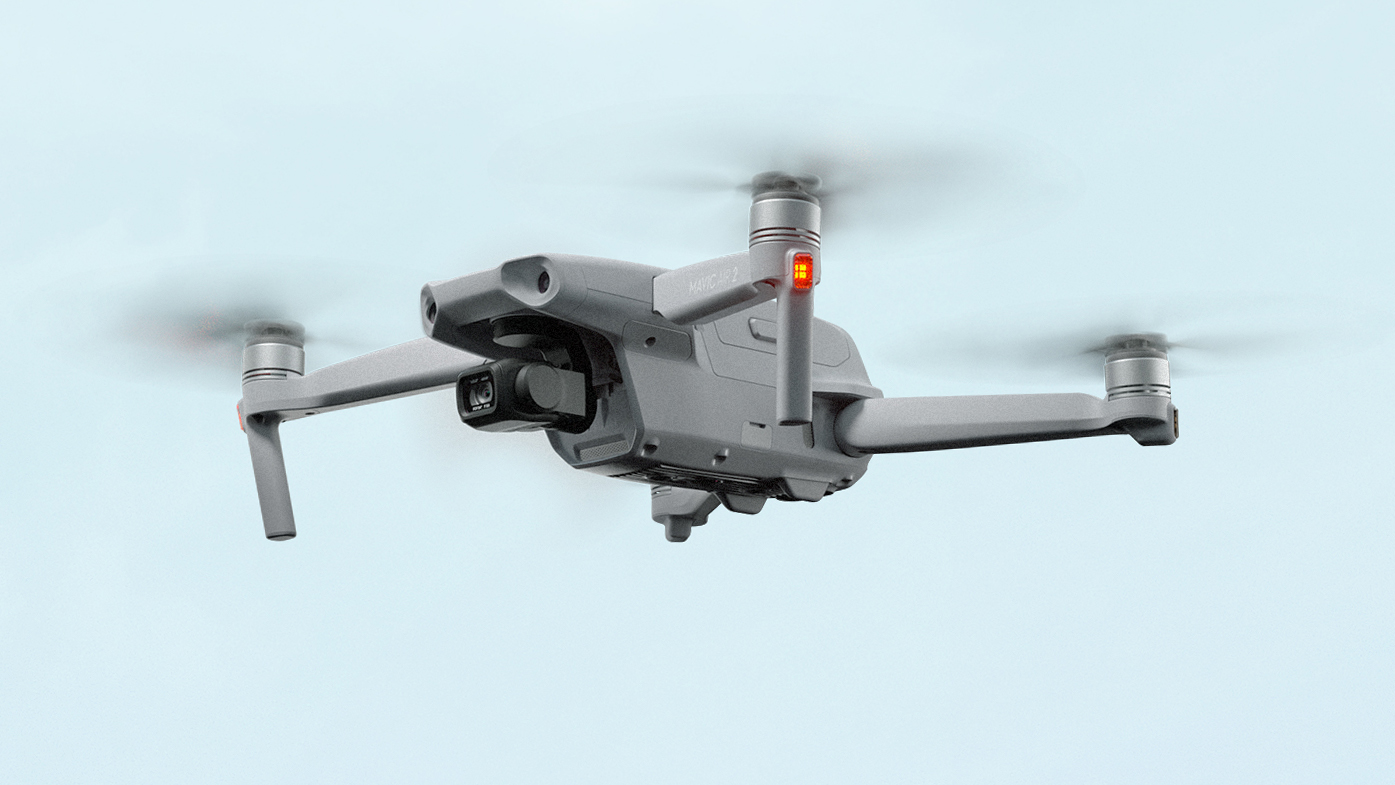
The DJI Mavic Air 2 has taken the number one spot in our list of the best drones you can buy, but there was a curious footnote in its official release – according to DJI, Mavic Air 2 units with built-in AirSense (an alert system that detects nearby aircraft) would "initially only be available in North America."
DJI went on to explain that "due to supply chain shortages related to the coronavirus pandemic", a version of the Mavic Air 2 "will be available outside North America without ADS-B", which is the broadcast tech that AirSense detects. The two drone models are, DJI says, "identical in all other aspects, such as flight and imaging performance."
On paper, this sounds like a fairly big omission. But is it a big deal and should you buy a DJI Mavic Air 2 without AirSense?
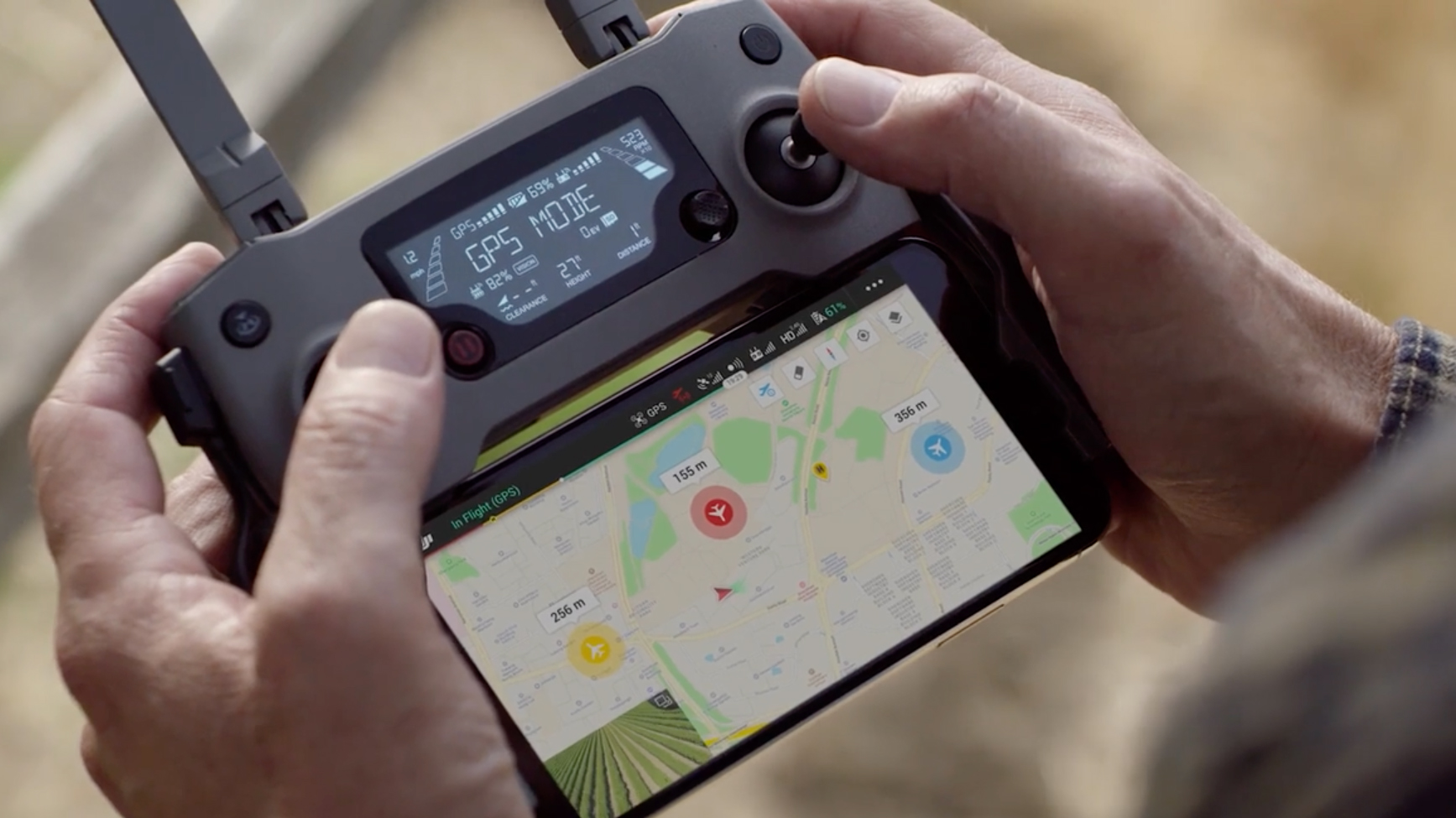
What is DJI AirSense?
Before we answer that, it helps to explain what the tech actually is. DJI's AirSense is an alert system that gathers ADS-B (Automatic Dependent Broadcast) signals emitted by nearby aircraft. These are then turned into alerts for DJI drone pilots, who can see their location on their screen of their remote controller.
AirSense can detect airplanes and helicopters from miles away, so way before a drone pilot can see or hear them. ADS-B has also been used in the US, Canada, Europe, Australia and India for years, so it's well-established in most regions that are popular among drone fliers.
But does this make AirSense essential? Not necessarily – in reality, it's far from a huge miss, particularly for drones like the Mavic Air 2. Here's why.
Flying low
One of the reasons why the DJI Mavic Air 2's lack of AirSense outside the US isn't a deal-breaker is the type of drone it is.
Get daily insight, inspiration and deals in your inbox
Sign up for breaking news, reviews, opinion, top tech deals, and more.
The Mavic Air 2 is a mid-range hobbyist drone that's very much designed for recreational flyers. In some regions, like the US and UK, it still needs to be registered due to its weight, and in the UK you'll also need to pass an online theory test before flying it.
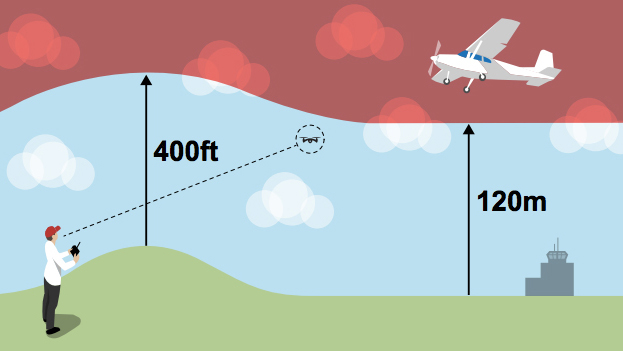
But more importantly, Mavic Air 2 owners will need to observe drone flying laws in their region – and a universal one is that you can't fly 400 above feet.
Why 400 feet? Because manned aircraft nearly always fly at 500 feet and above, so this creates a buffer to help avoid close encounters. The only exception to this is around airports, which are also out of bounds for drone flyers (and DJI drones can't take off in these restricted zones anyway).
In short, as long as you follow the drone laws and aren't a pro pilot with special exemptions, you really shouldn't need AirSense. As James Abbott, a CAA-approved drone pilot and the writer of our DJI Mavic Air 2 review, told us: "AirSense is a great idea and like most features it doesn’t hurt to have it, but in theory it’s not necessary," he said.
"Drones can only legally fly at a maximum altitude of 120m and cannot fly within 5km of the ends of airport runways (1km wide) or within 2.5 nautical miles of the airport, so there’s little chance of an incursion in most flight situations. Especially if the drone is being flown within visual line of sight, which it always must be," he added.
- These are the best DJI drones you can buy right now
Common AirSense
Still, while AirSense might not be essential for a mid-range drone aimed at hobbyists, that doesn't mean it wouldn't be a nice feature to have. Particularly as DJI did announce (pre-coronavirus) that all of its new drones weighing above 250g would have the tech from January 2020.
So will it be possible for those outside the US who buy a DJI Mavic Air 2 without AirSense to add the tech retroactively? We asked DJI and, right now, the answer is unfortunately 'no'.
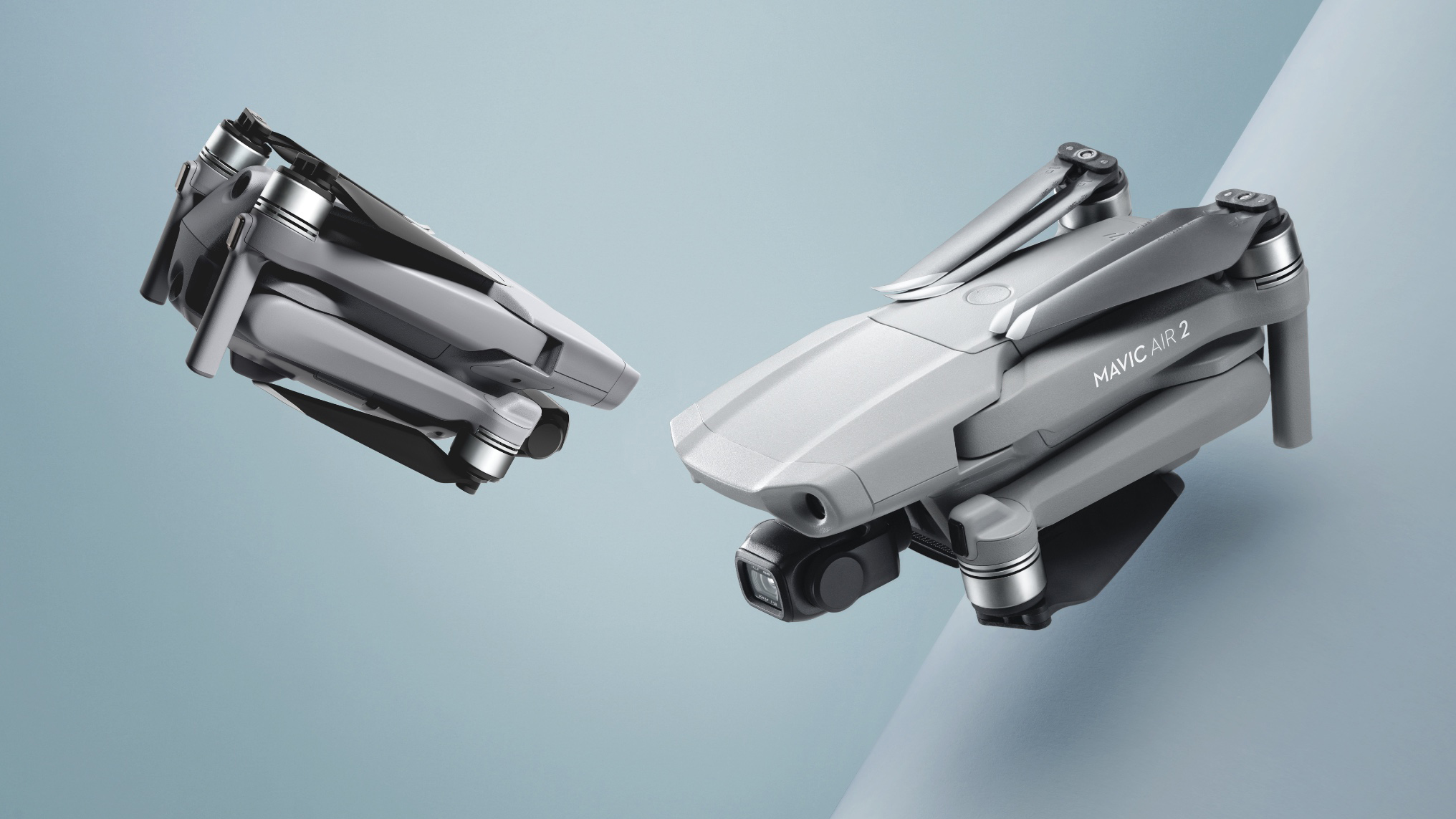
The main issue is that AirSense can't just be added via a firmware update – it needs additional hardware. When we asked DJI if it plans to offer a service that would allow Mavic Air 2 owners to add AirSense to their drone when the supply chain issues have been resolved, a spokesperson told us: "Currently, DJI does not have a program to offer this. However, we are always listening to our customers and constantly evaluating their needs in order to provide the best experience possible."
That's a slight shame, but it does at least leave open the door to a change in policy in the future. Unfortunately, there's not even a rough idea of when AirSense-equipped Mavic Air 2s will arrive outside the US, with DJI telling us: "We are working towards making ADS-B equipped Mavic Air 2 drones available globally and will update our customers and partners when timing has been confirmed."
In short, don't expect DJI Mavic Air 2 drones with built-in AirSense to land outside the US anytime soon.
Plane spotter
There is also logic behind DJI's decision of only giving AirSense to North American buyers of the Mavic Air 2, for now.
The Federal Aviation Administration (FAA), which is the US government body overseeing civil aviation, recently introduced a regulation that required all aircraft in US airspace to have ADS-B from January 1 2020. Hence the timing of DJI's introduction of AirSense.
As a DJI spokesperson told us: "Rather than just create US versions of new drones in future, we wanted to bring this voluntary safety feature to every DJI user, regardless of location. Despite our best laid plans, supply chain shortages related to the coronavirus pandemic have meant that we couldn’t produce enough Mavic Air 2 units with AirSense technology to satisfy all markets. And so the first ones have gone to the US where ADS-B will do the most good," DJI explained.
Why will it do the "most good" in the US? "In Europe, there aren’t so many manned aircraft under the permitted 400ft for drone users. In the US, however, this is a completely different story," the DJI spokesperson explained.
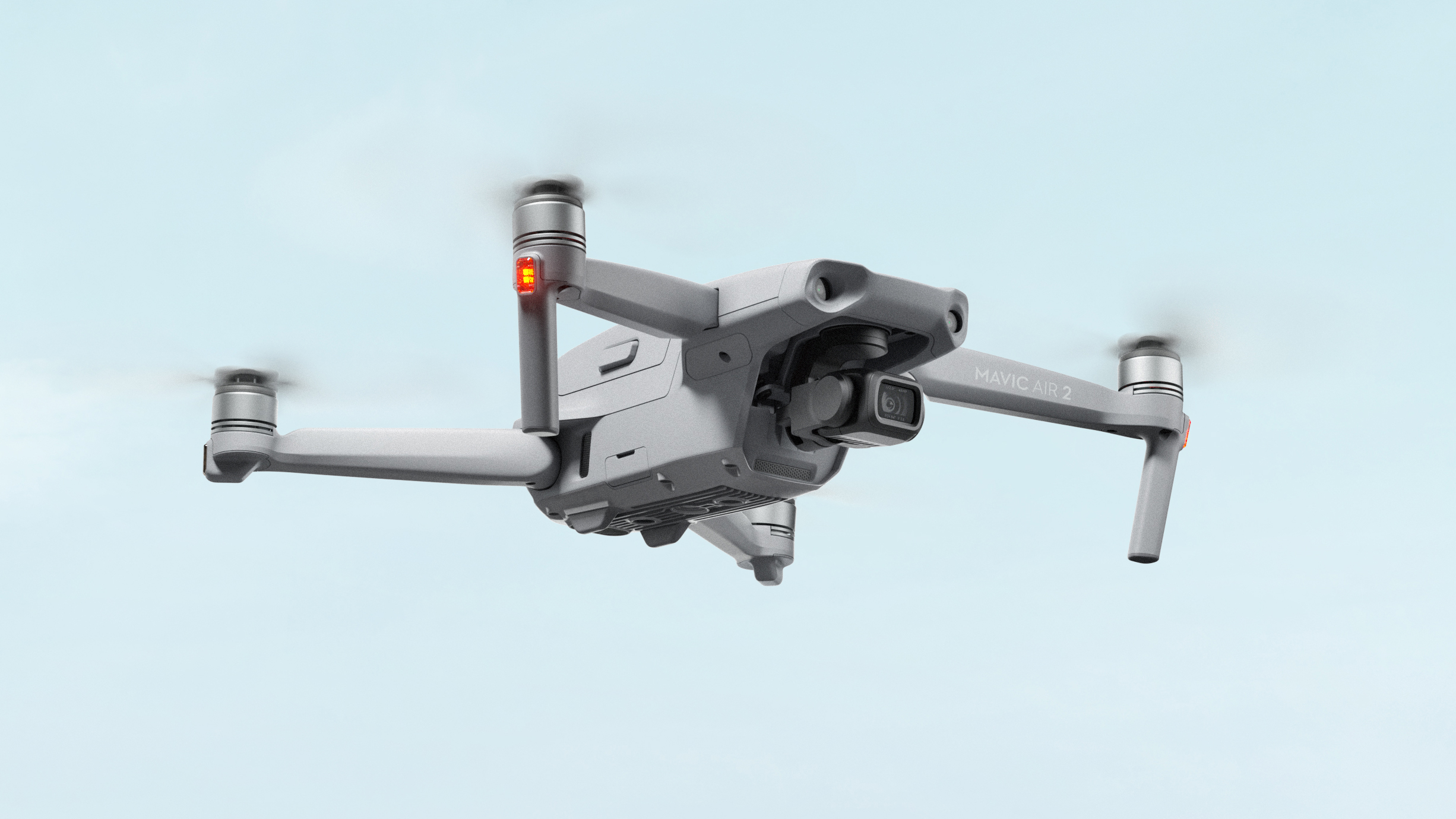
A big reason for this is the large number of agricultural pilots operating in the US. As Andrew Moore, Executive Director at the National Agricultural Aviation Association in the US, said: "The aerial application industry has over 3,500 agricultural pilots that help farmers grow over 28 percent of our nation’s commercial cropland. They are flying 10 feet off the ground at speeds of over 100 miles per hour.
"Studies show that small drones are nearly impossible for our pilots to see, let alone track. An ideal drone system for manned agricultural pilots is one that has an ADS-B tracking system that can sense and avoid agricultural and other manned aircraft," he added.
In many ways, then, drone alert systems are more important for avoiding clashes with other UAVs (Unmanned Aerial Vehicles), rather than manned aircraft. But AirSense has a big limitation here – because it only uses 'ADS-B In' rather than 'ADS-B Out', it can only receive broadcasts from other aircraft and doesn't broadcast its own signal.
This is a boon for anyone who's worried about their drone broadcasting personal information, like their location, but it does also mean that AirSense isn't really a system designed to help hobbyist fliers, like Mavic Air 2 owners, avoid each other at lower altitudes. It's mainly designed for the more ambitious fliers of drones DJI Mavic 2 Enterprise and DJI Matrice 200, which have had built-in AirSense for a while.
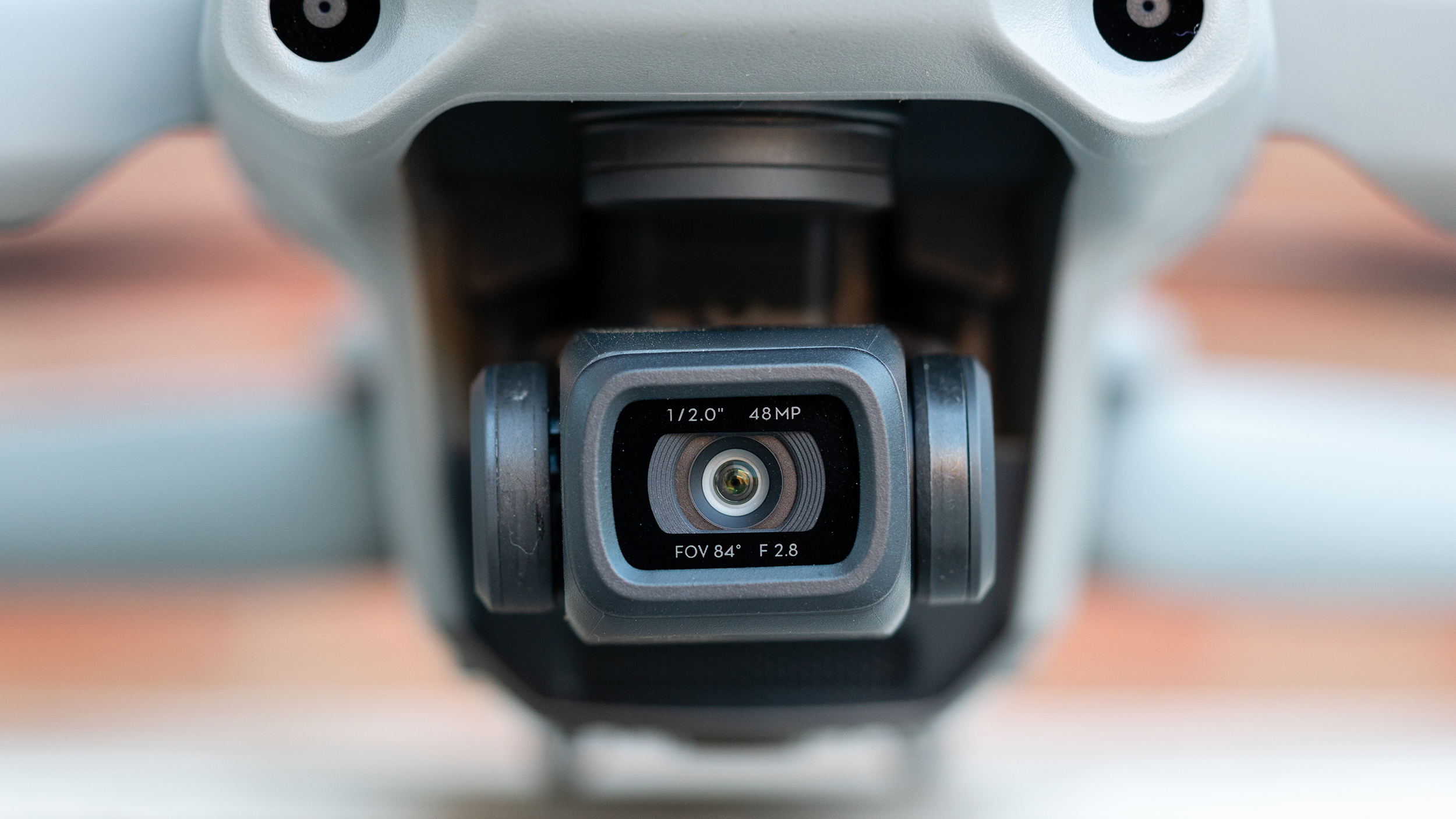
Should you buy a DJI Mavic Air 2 without AirSense?
Despite the lack of built-in AirSense outside of North America, we have no hesitation in recommending the Mavic Air 2 to all drone fans, wherever you're based.
It's top of our best drones list, and that's partly because of impressive safety features like the Advanced Pilot Assistance System (APAS) 3.0 and the latest GEO geofencing, which stops drone pilots from accidentally flying in the vicinity of problematic areas like airports, prisons, nuclear power plants and high-profile events.
That doesn't mean it wouldn't have been nice for all DJI Mavic Air 2 drones to have AirSense, and it's disappointing that DJI doesn't yet have plans to let buyers of its latest mid-range drone retrofit the alert system, if they want it. After all, there's no discount on Mavic Air 2 units without AirSense.
Still, far more important than having AirSense is following your country's drone laws and using the Mavic Air 2's existing safety features. Do this, and you won't miss having AirSense on board, and can instead enjoy safely taking cracking aerial snaps like the ones in our DJI Mavic Air 2 review.
- These are the best drones you can buy right now

Mark is TechRadar's Senior news editor. Having worked in tech journalism for a ludicrous 17 years, Mark is now attempting to break the world record for the number of camera bags hoarded by one person. He was previously Cameras Editor at both TechRadar and Trusted Reviews, Acting editor on Stuff.tv, as well as Features editor and Reviews editor on Stuff magazine. As a freelancer, he's contributed to titles including The Sunday Times, FourFourTwo and Arena. And in a former life, he also won The Daily Telegraph's Young Sportswriter of the Year. But that was before he discovered the strange joys of getting up at 4am for a photo shoot in London's Square Mile.